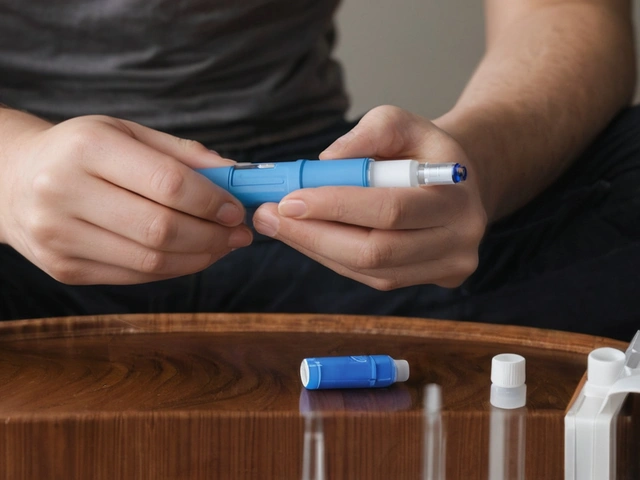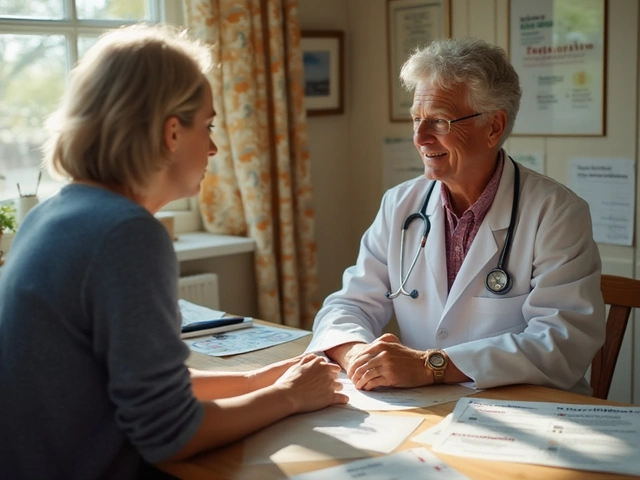Neglected Tropical Diseases – Quick Facts You Need
If you’ve heard the term “neglected tropical diseases” (NTDs) but aren’t sure what it means, you’re not alone. These are infections that thrive in warm climates, affect billions of poor people, and often get overlooked by big health programs. Knowing the basics can help you spot risks and support efforts to fight them.
Why NTDs Matter
NTDs aren’t rare curiosities; they cause real pain, disability, and economic loss in many countries. Things like soil‑transmitted helminths (roundworms), dengue fever, and leishmaniasis can keep kids out of school and workers off the job. When a disease is ignored, it stays around longer and spreads easier.
Common Types You Might Hear About
Here are five NTDs that show up most often:
- Chagas disease – spread by the “kissing bug” in Latin America; can damage the heart.
- Dengue fever – a mosquito‑borne virus that causes high fevers and joint pain.
- Leishmaniasis – sandfly bites lead to skin sores or organ damage.
- Schistosomiasis – water parasites cause liver, bladder, and gut problems.
- Soil‑transmitted helminths – roundworms, hookworms, whipworm; they thrive where sanitation is weak.
Each of these spreads differently, but the common thread is poor access to clean water, proper housing, and health care.
So how can you protect yourself if you travel or live in an at‑risk area? First, learn where each disease shows up. For example, dengue spikes after rain in Southeast Asia, while schistosomiasis pops up near freshwater lakes in Africa. A quick check on a reliable health site before you go saves headaches later.
Second, use simple barriers: wear long sleeves and pants to avoid sandfly bites, apply EPA‑approved insect repellent for mosquitoes, and avoid swimming or wading in untreated fresh water where parasites live. These steps cost almost nothing but cut the risk dramatically.
Third, get vaccinated when possible. There’s no vaccine for every NTD, but some—like yellow fever (often grouped with NTDs)—are covered by travel immunization programs. Talk to a clinic about any recommended shots before heading out.
If you’re already in an endemic region, keep an eye on symptoms: persistent fever, unusual rashes, swollen joints, or unexplained weight loss. Early medical attention can stop many NTDs from becoming severe. Local clinics may have rapid tests for dengue or malaria; ask for them if you feel off.
On a bigger scale, supporting clean‑water projects and sanitation upgrades helps break the cycle of infection. Even small donations to NGOs that build latrines or filter water can reduce helminth infections for entire villages.
Finally, spread the word. When friends or family hear about NTDs in plain language, they’re more likely to take preventive steps. Sharing a quick tip—like “use repellent daily” or “don’t drink untreated water”—can make a real difference.
Neglected tropical diseases may sound distant, but with the right knowledge and simple habits you can stay safe and help push these infections out of the spotlight.





